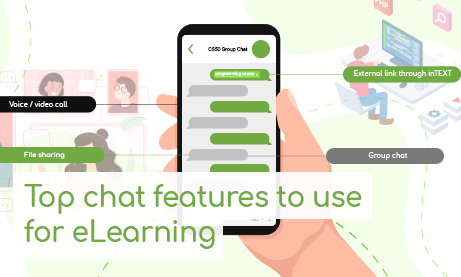In the past few months, we have witnessed a rapid shift in eLearning. This made us think about how we used technology for the educational sector.
The online behavior of students is different from who they are in their classrooms. How will you use this shift to your advantage?
As an educator or parent, you’ve seen how technology has played its role as we shift to eLearning tools for a child’s education. Facebook, YouTube, WhatsApp, they all have contributed to education as they transformed the students’ way of communication.
Now that we’ve seen what those apps can do, it’s triggered a shift in the methods of traditional learning to a modernized one.
So, how can you make the same impact in times like these?
How can a chat be effective for eLearning sessions?
As we all know, chat platforms have been around for quite some time now. They are now gaining more attention since educators are thinking of ways how they can incorporate technology in their classrooms.
While a chat can provide real-time communication, it can also start discussions that can help in a deeper understanding of the course. With the different features of a chat platform, it can create an interactive learning experience just like in a traditional classroom setting.
eLearning websites and platforms are great examples of how chat platforms can be advantageous to eLearning sessions. They create a virtual classroom where teachers and students can connect globally.
What are the different chat features to use?
In the naked eye, it might seem that chat platforms are just your normal messaging apps. However, there’s more to it than that. Through updates and modern technology, chat platforms have created new features.
Let’s dive deeper and understand these key features that will help you in eLearning sessions.
Bridging the gap using the basics
Group chat is a basic feature of a chat platform. You basically chat with an entire group and there’s no moderating happening.
Using group chats can be helpful for group discussions. In every class, students should also be able to connect with their various groups. Therefore, teachers can create open group chats where anyone can join.
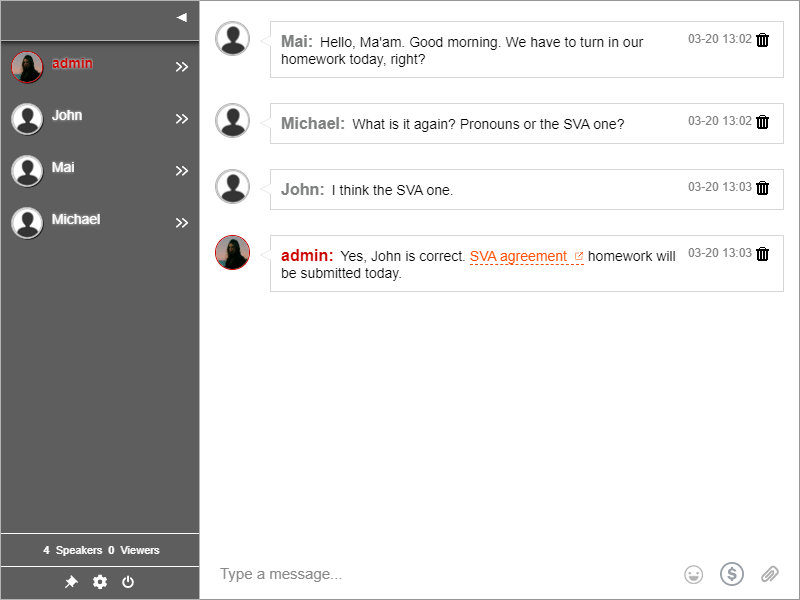
Audio and video calls are also basic features of chat platforms. For this, you can use the private chat on your group chat. Teachers can do one-on-one calls with any student in the group chat.
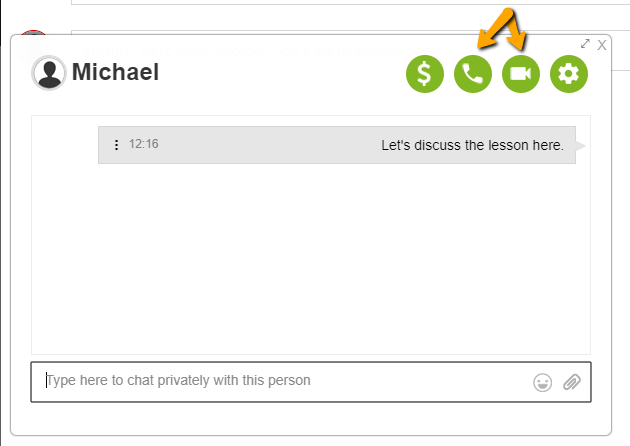
File sharing for a complete classroom experience
Without textbooks, what can be an alternative? Fortunately, ebooks are now a thing. You can send an ebook, document, or PDF through file sharing.
If that’s not enough, you can also share copies of the class curriculum via PowerPoint. With this feature, teachers can send pics, audio/video recordings, or any usual file in the chat room. As a result, review materials are made easily available for your students to access.
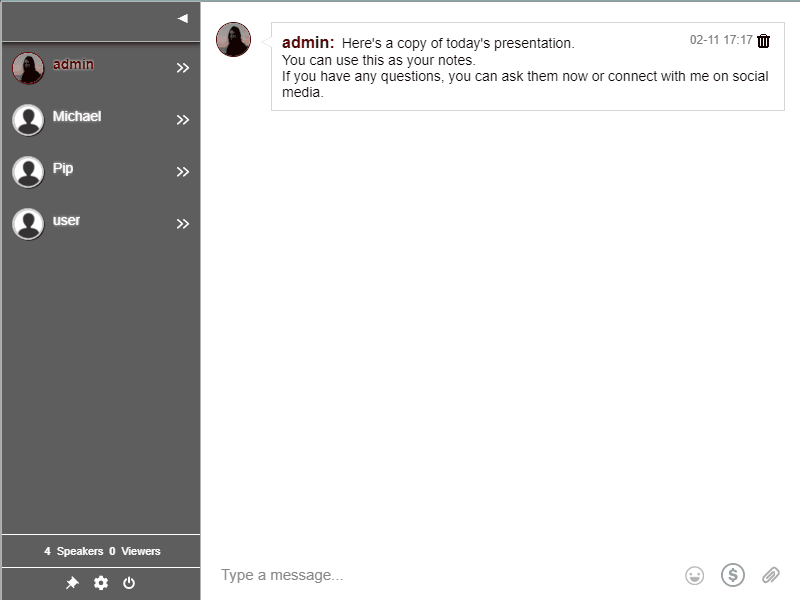
Managing user roles
Why do you need role-based access to your group chat? The implementation of user roles is to distinguish who’s to be the admins and the members.
For example, in a virtual classroom, it’s obvious that the teacher should have administrative rights. While this is true, the teacher can also assign other students to be an admin, preferably the class president or a class representative.
The administrators can make sure that the chat is in an orderly fashion. Also, this is to ensure that the correct information is delegated and used efficiently.

Using educational links
Did you notice the underlined keywords in the example photo above? That’s what happens when you add InText Keywords in your chat.
InText keywords are words or phrases that will show in real-time during a chat as a dashed hyperlink. When clicked, users will be taken to the set URL in a new tab. This is a highly effective way to direct users to relevant content, docs, files, or links.
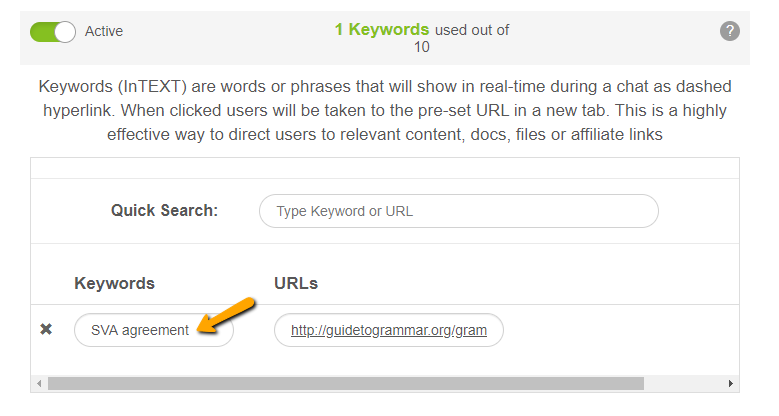
For this instance, it’s used as an educational link where the words ‘SVA agreement‘ lead to a link that students can use as a review material.
eLearning chat + YouTube Live
Have you thought of this combination? If you think that a group chat is not sufficient for your eLearning session, then you could add YouTube Live in the mix.
By creating a minisite via Rumble Pages, you can achieve a leveled-up connection.
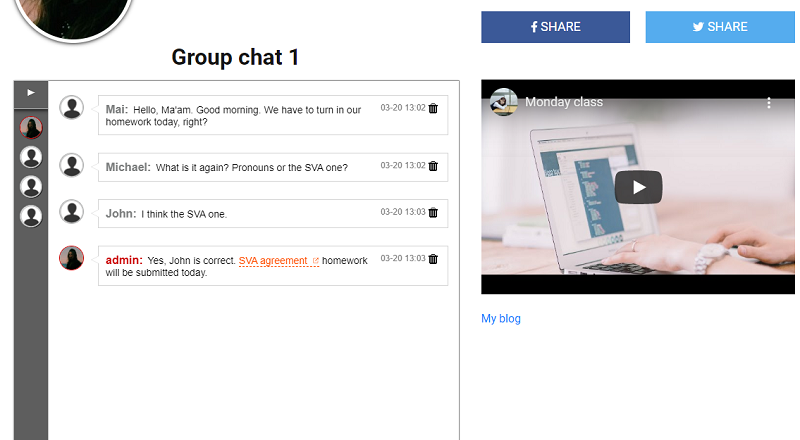
Using a chat for eLearning sessions
A one-to-all technique is not effective for eLearning. You have to diversify and adapt to the newer generation.
Instead of just using one feature for all your eLearning courses, try mixing it up by combining the above features. For example, you can try using a group chat for one group and a moderated chat for the other.
See what works best for each group.
If you want to get started with your eLearning chat, sign up now.

